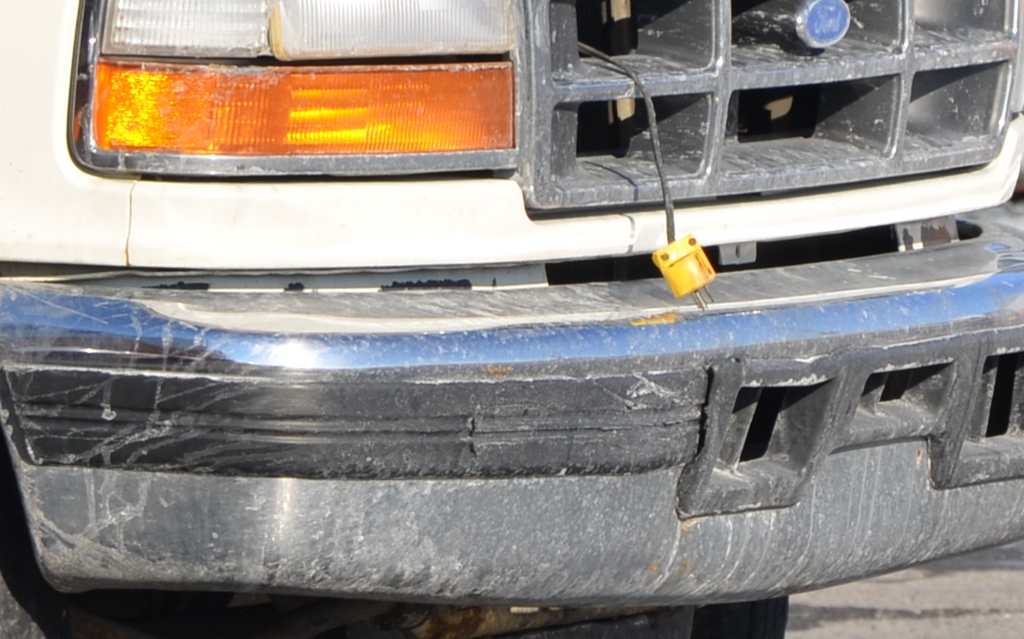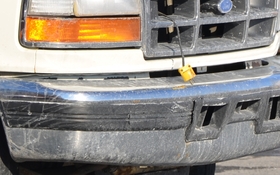How to Save Money This Winter at the Fuel Pump
Is it possible to save at the gas pump in winter, the time of the year when it’s most expensive to drive a car? The answer is yes. Every year in Canada, nearly 20 million vehicles travel 182 billion (yes, billion!) kilometres, burning litre after litre of fuel, emitting kilo after kilo of CO2 into the atmosphere. Yes, you can reduce your gas costs—and your environmental footprint at the same time—even in winter, the period when wastefulness reaches its peak with all that idling.
Starting the car in cold weather: no easy task
With all your years of driving experience, you have surely noticed that fuel consumption skyrockets in wintertime – sometimes up to 50% more than in summer. This is true even for short trips, and cold starting is to blame. When the oil that lubricates certain components is cold, it’s thick and doesn’t circulate well, forcing the engine to work harder to overcome internal friction. Plus, the mixture of fuel and air is comprised of a higher percentage of fuel, making combustion less efficient.
As if that wasn’t bad enough, catalytic converters don’t work when they aren’t warm, meaning all engine emissions escape through the exhaust without first being treated. Basically, cold starting is killer on the wallet, the environment and, in the long run, the engine itself.
The solution: A good ole’ block heater
The simple solution is an engine block heater, which partially warms the engine to facilitate ignition and help it quickly reach the optimal temperature. This in turn helps cut emissions and substantially reduce fuel consumption (up to 10% when the mercury is at -20oC). The driver also benefits from an instant start, without undue stress and starter burn out.
Block heaters don’t have to be in use all night. To avoid wasting electricity, install a timer to turn it on two hours before you plan on starting the engine. That will be more than enough.
30 seconds of idle is enough
Here in the True North, many people swear by the remote starter to begin the day in warmth.
Bad idea. Remote starters waste tons of fuel if they start the engine too early. And by too early, we’re talking about anything over 30 seconds.
On a cold winter morning, the engine only needs to run for a half a minute before you put the vehicle into drive. Any additional idling is a waste, because the engine isn’t operating at its ideal temperature anyway. This means that combustion is incomplete, leaving a residue that can stick to the cylinder walls and damage engine components.
Contrary to what most people think, the best way to warm up the vehicle is not to let the engine idle – without going anywhere, that is – but to drive it. In fact, only driving warms up the wheel bearing, steering, suspension and transmission. Five kilometres is enough, during which it is recommended that you avoid high speeds and sudden accelerations.
Mercury dropping? Take care of your tires!
Falling mercury has a significant impact on your tires, which is why you have to check their pressure regularly. Every drop of 10 degrees Celsius is equal to a drop of about 1 psi (7 kPa). And obviously, low pressure means increased drag, which is already increased by snow and any other cold weather substances that Mother Nature throws at us.
A loss of 2 psi (14 kPa) of pressure translates into a 1% increase in fuel consumption. That 1% may seem insignificant, but the Office of Energy Efficiency estimates that underinflated tires waste 400 million litres of fuel per year in Canada. An average price of $1.30 per litre of regular gasoline represents an annual loss of $520 million.
And then there’s the related premature wear on your tires. The lifespan of a tire underinflated by 6 psi (41 kPa) will be reduced by 10,000 km.
Slimming
Hindered by weight and other factors, a vehicle’s aerodynamics has a direct impact on its fuel consumption. That’s why, once winter is over, it’s important that you take the heavy salt and sand bags out of your trunk. What’s more, ski or baggage racks increase wind resistance and should be removed if they are no longer necessary once spring has sprung.
For other tricks and tips to reduce your fuel consumption, consult The Auto$mart Guide, published by the Canadian Government Office of Energy Efficiency (1-800-387-2000).










